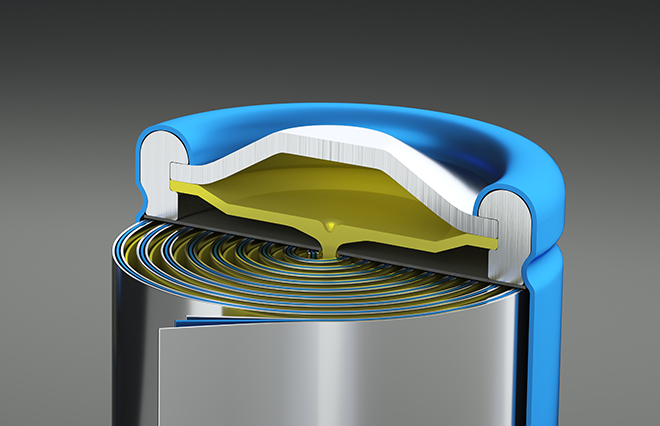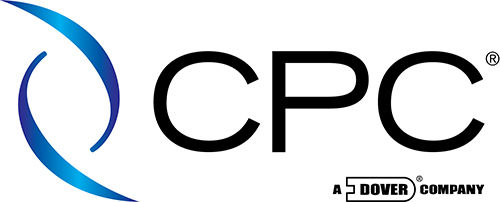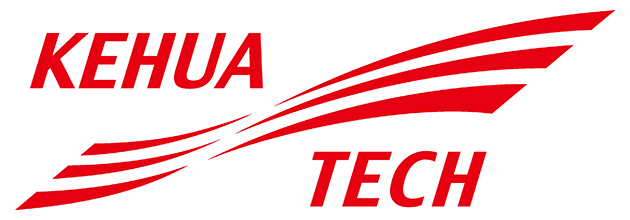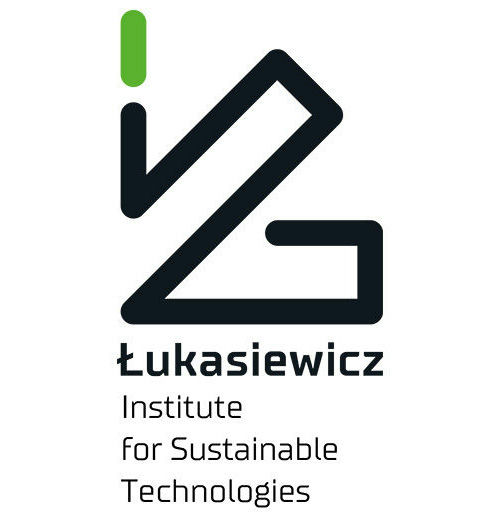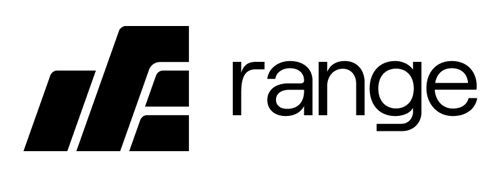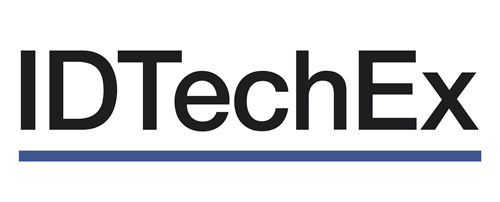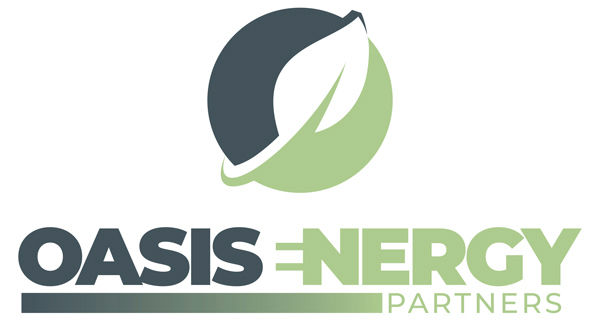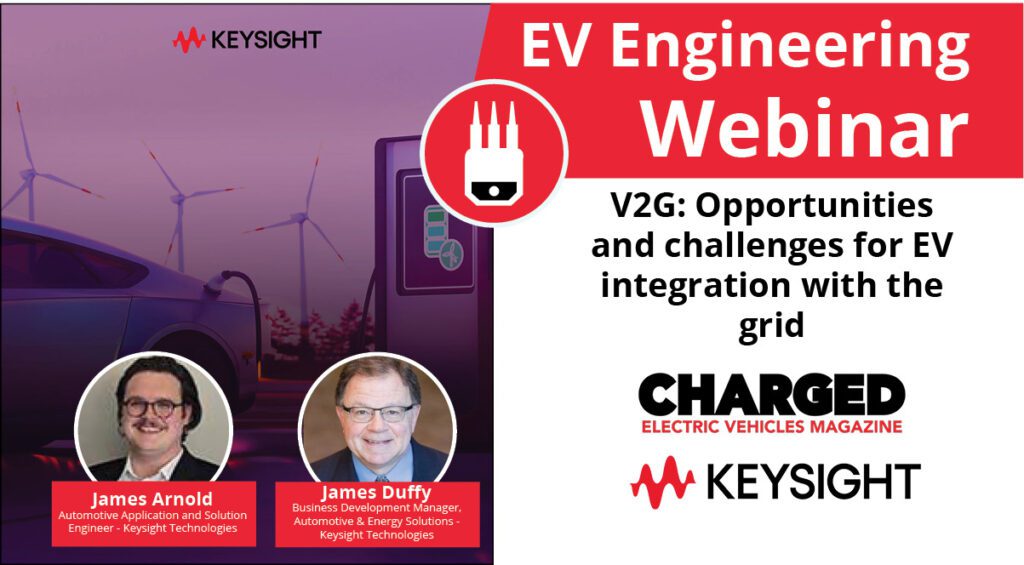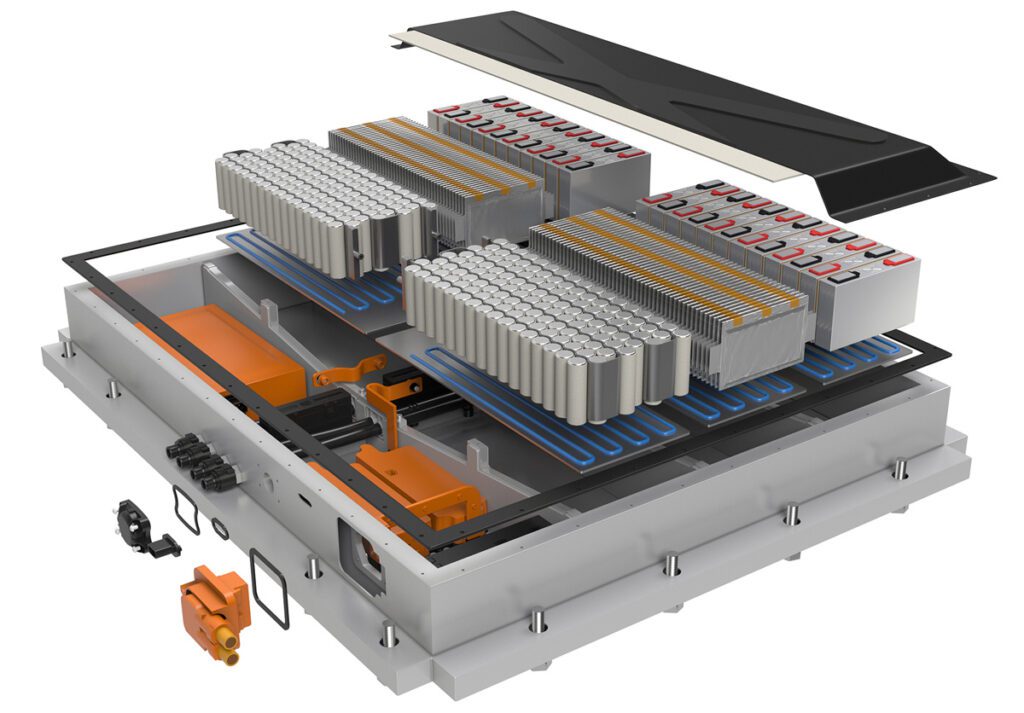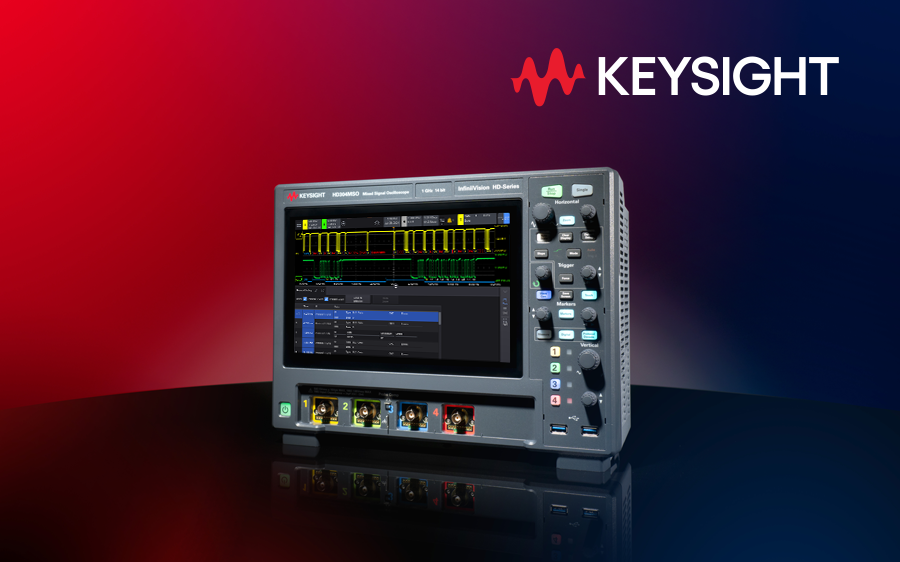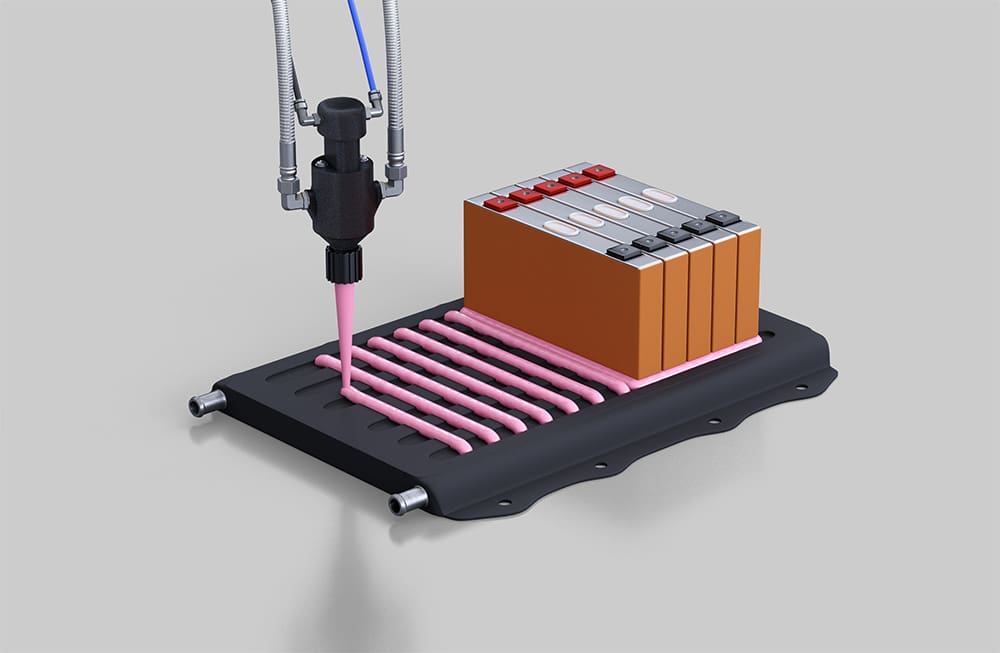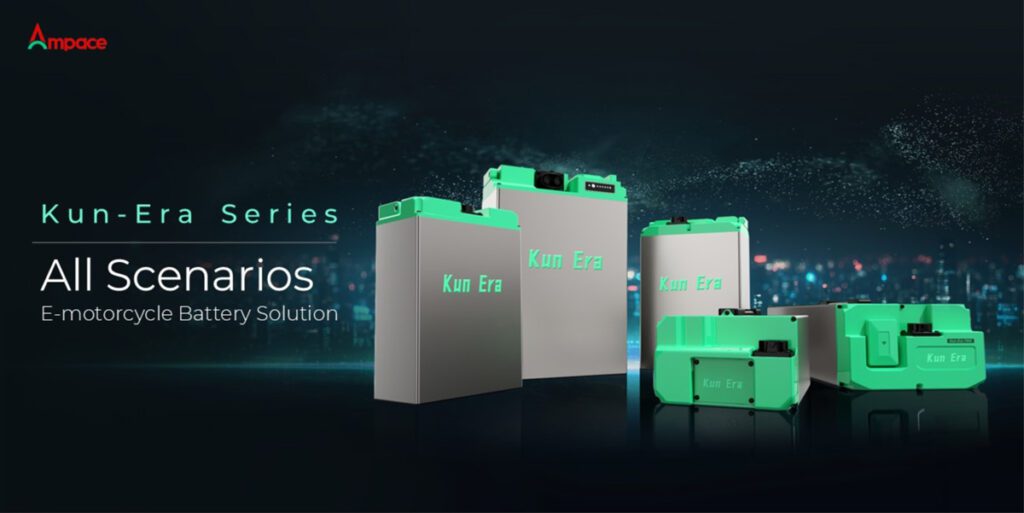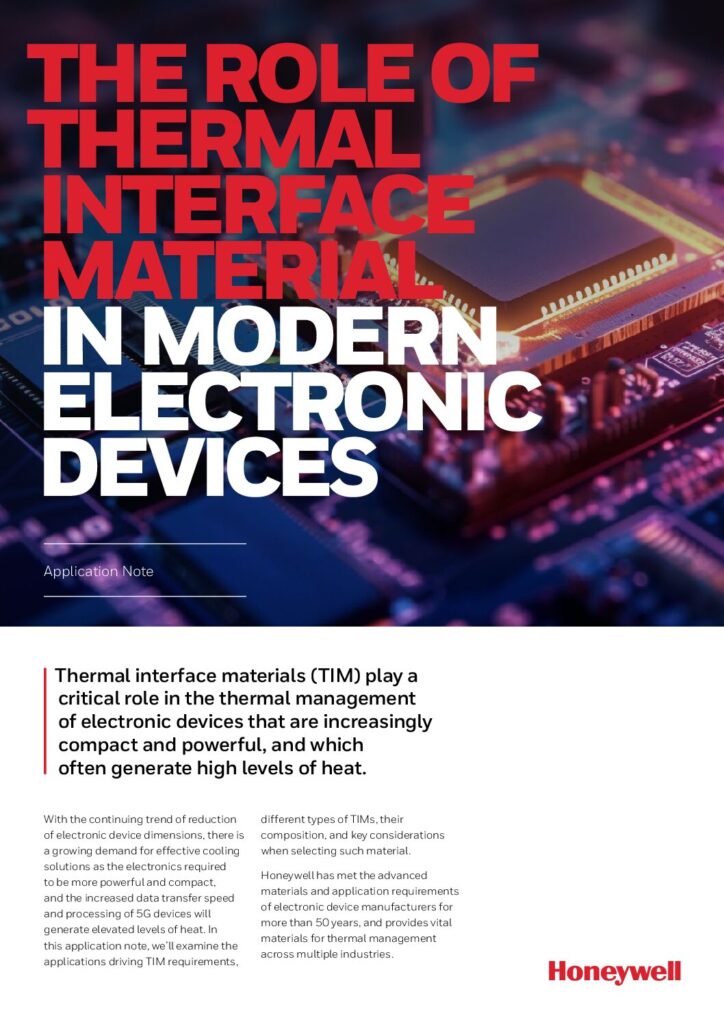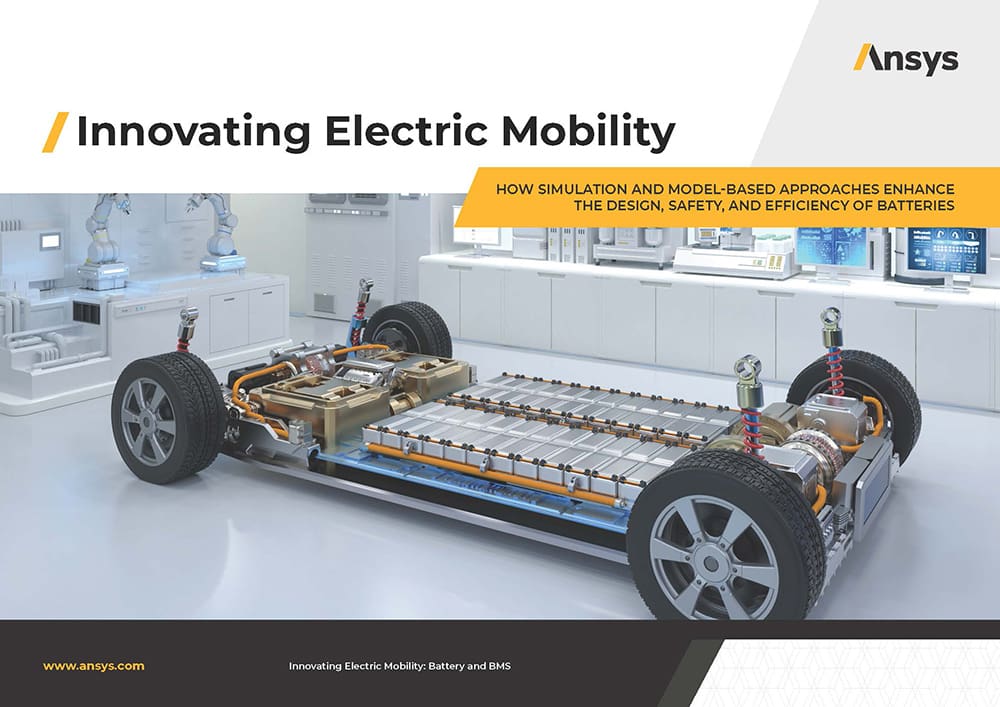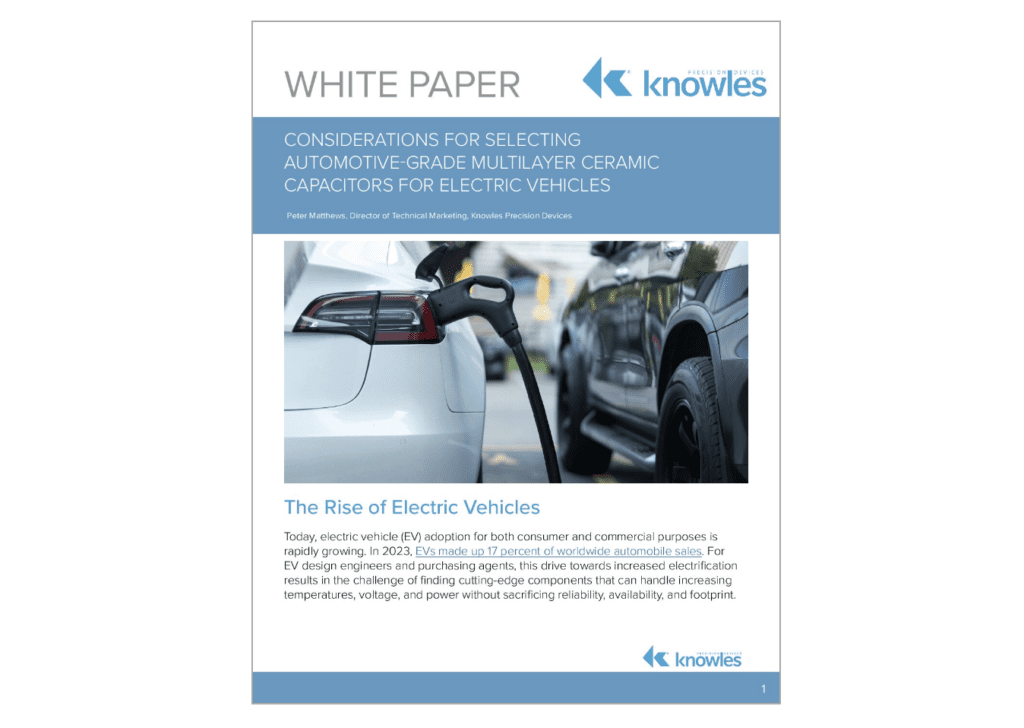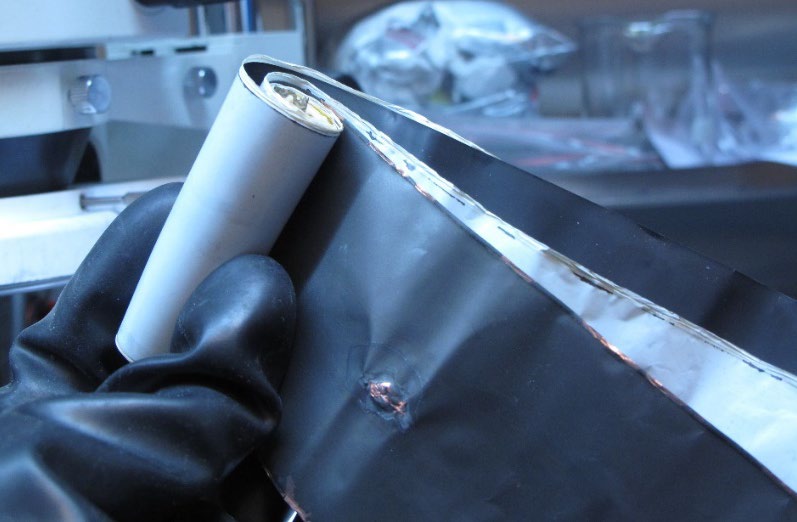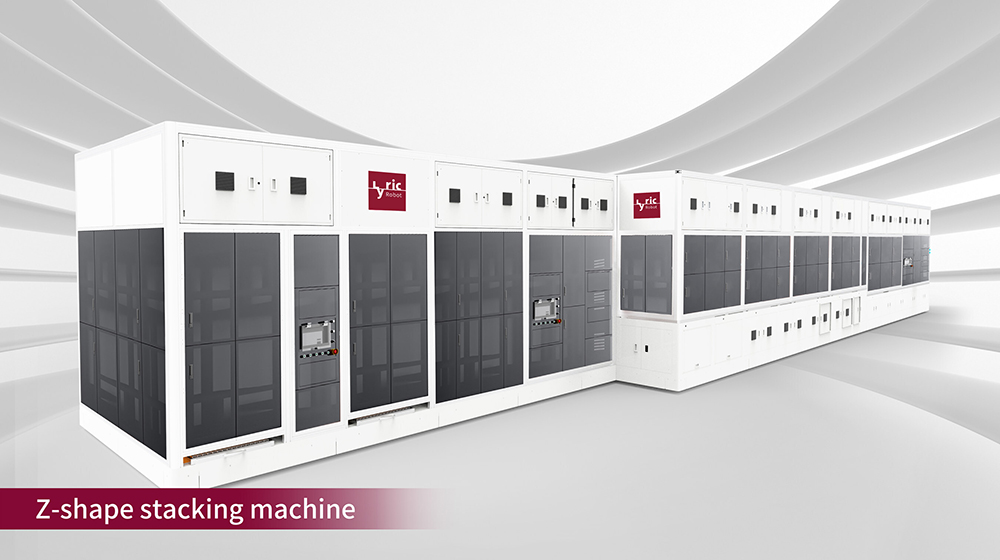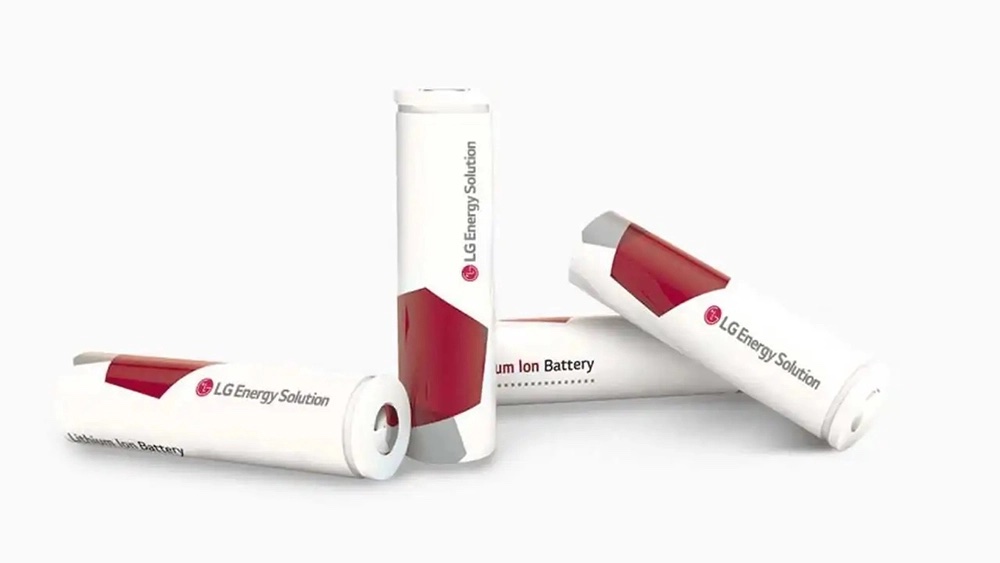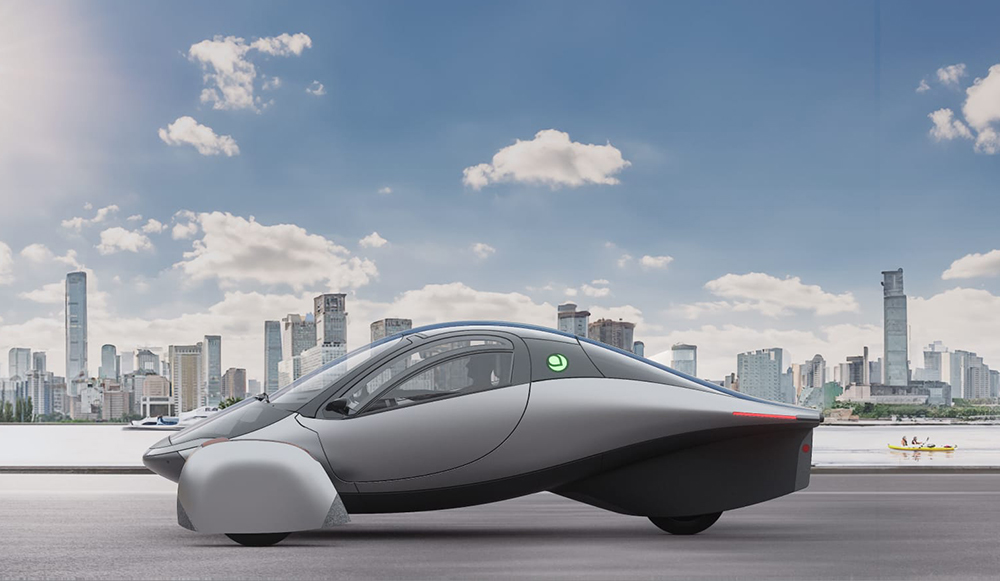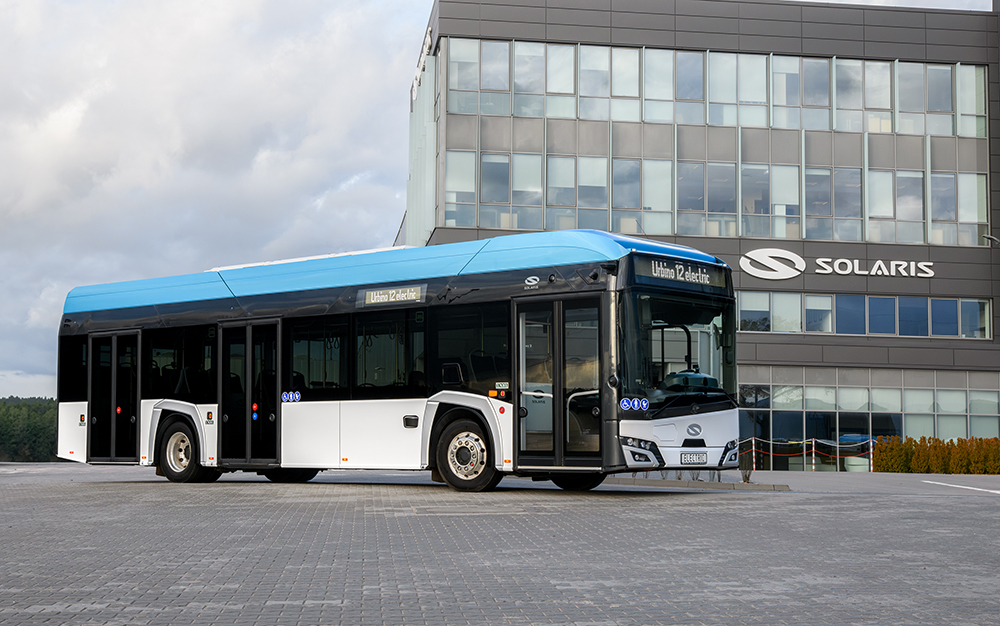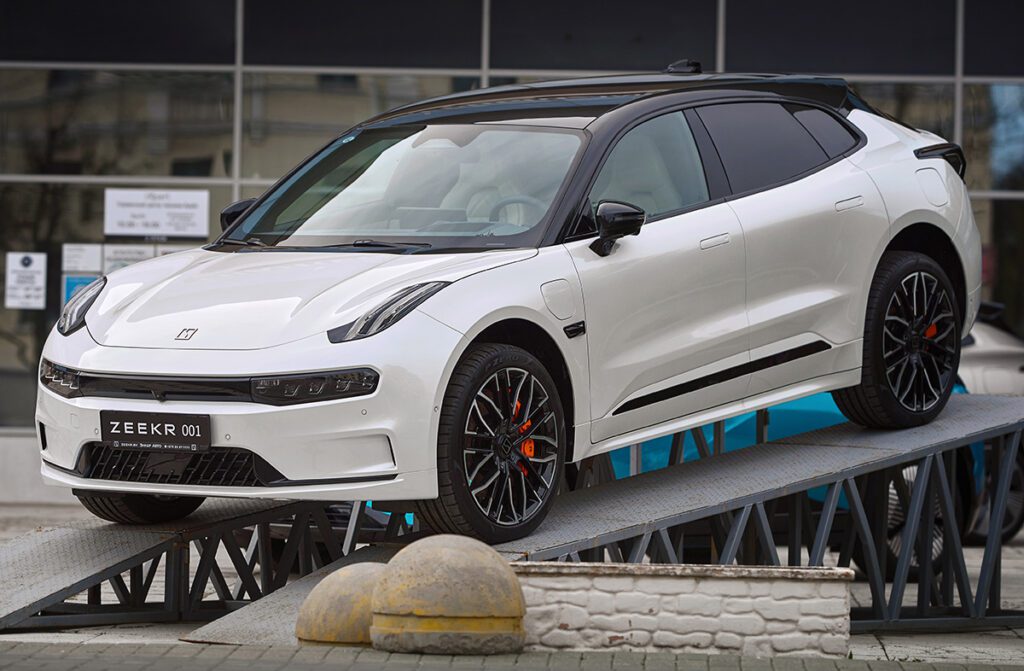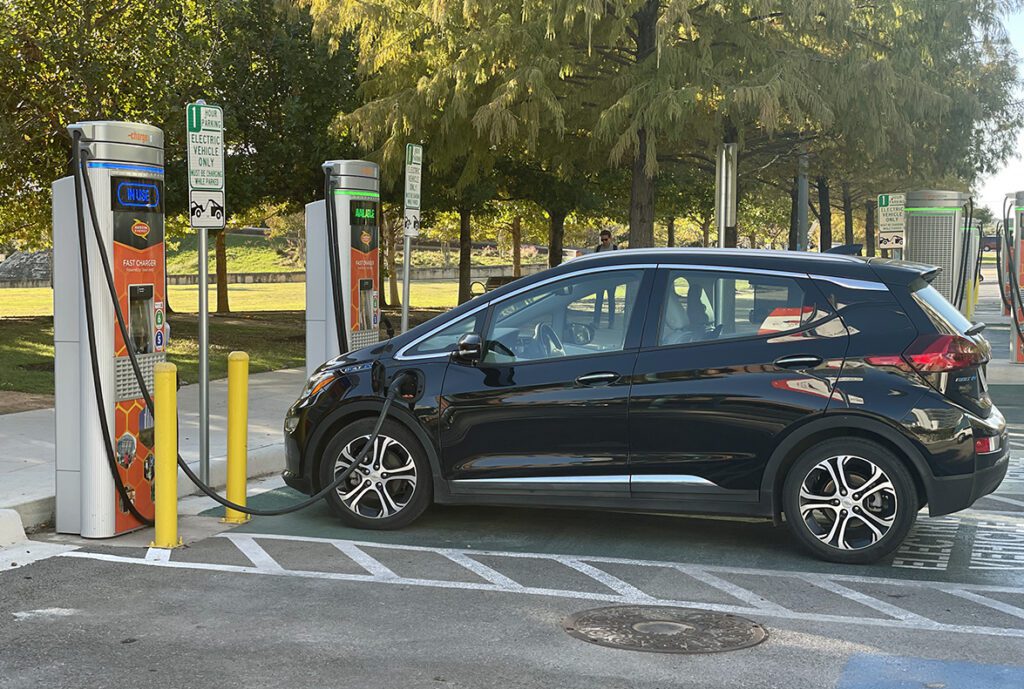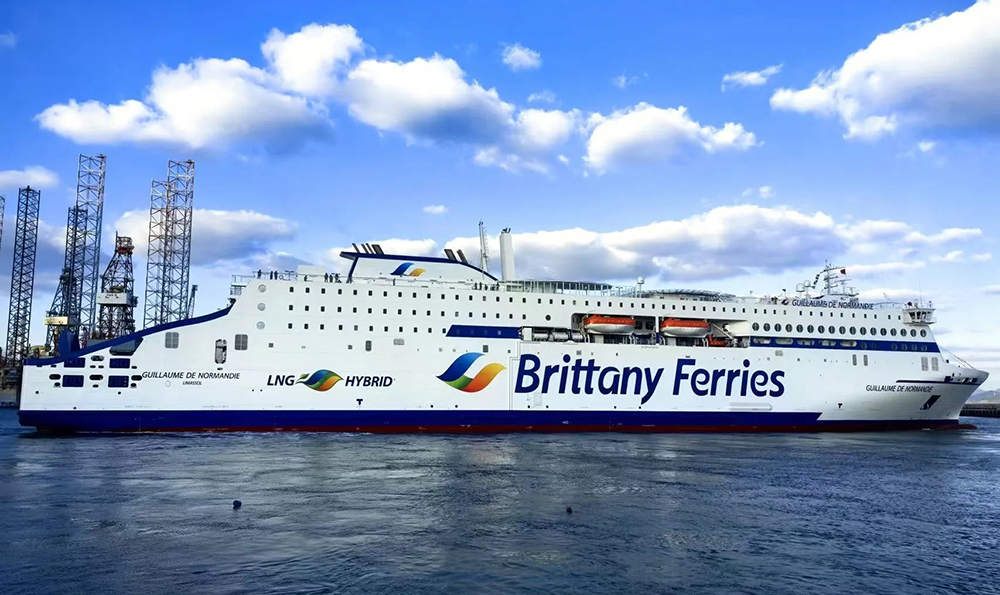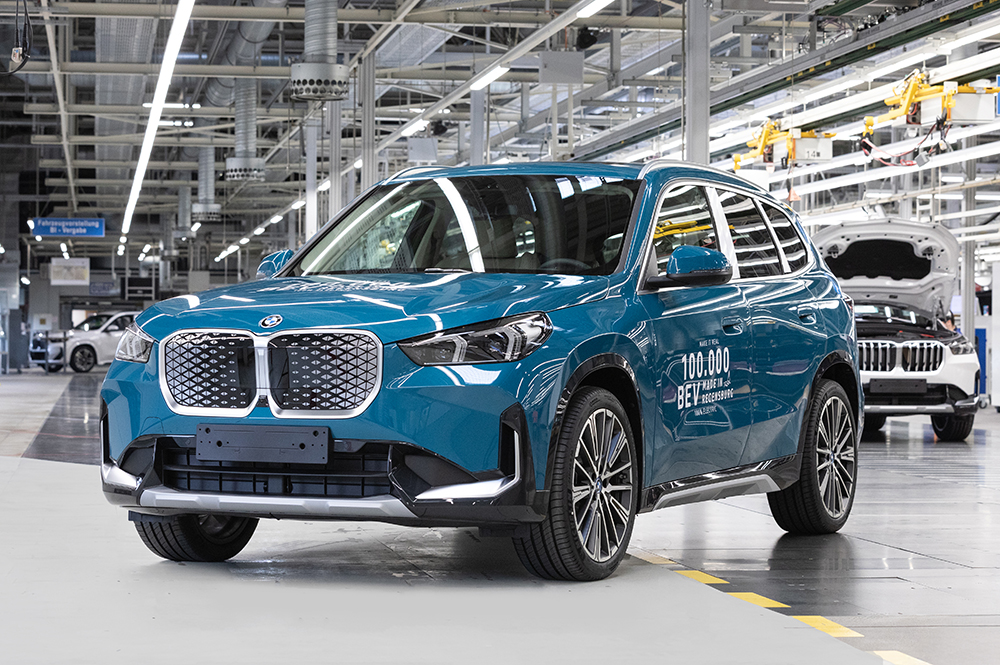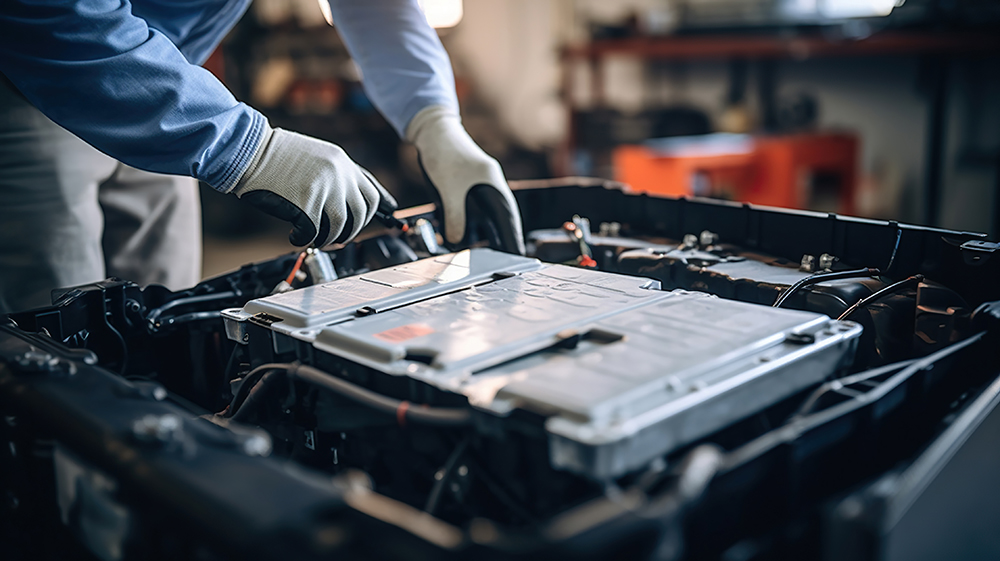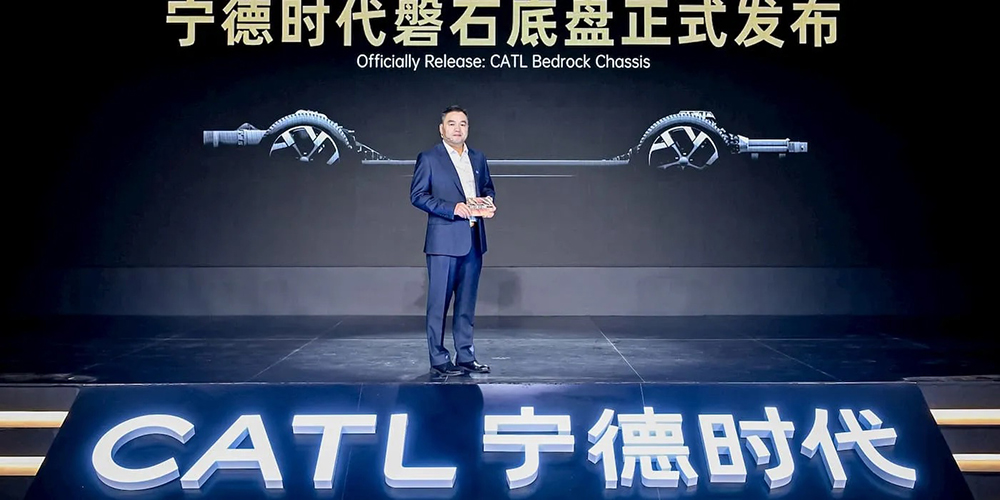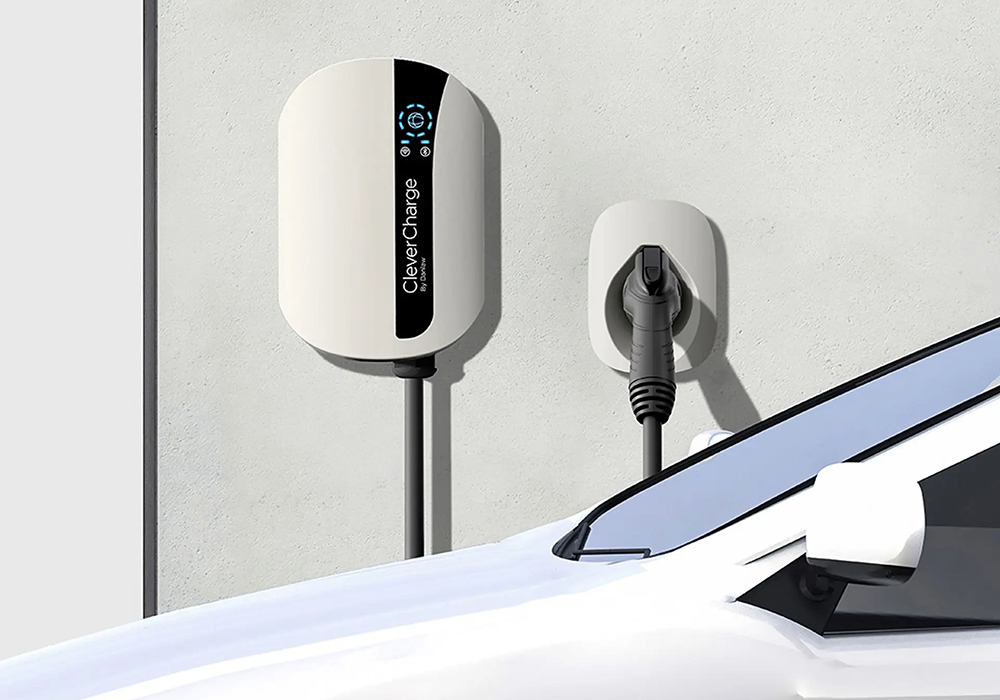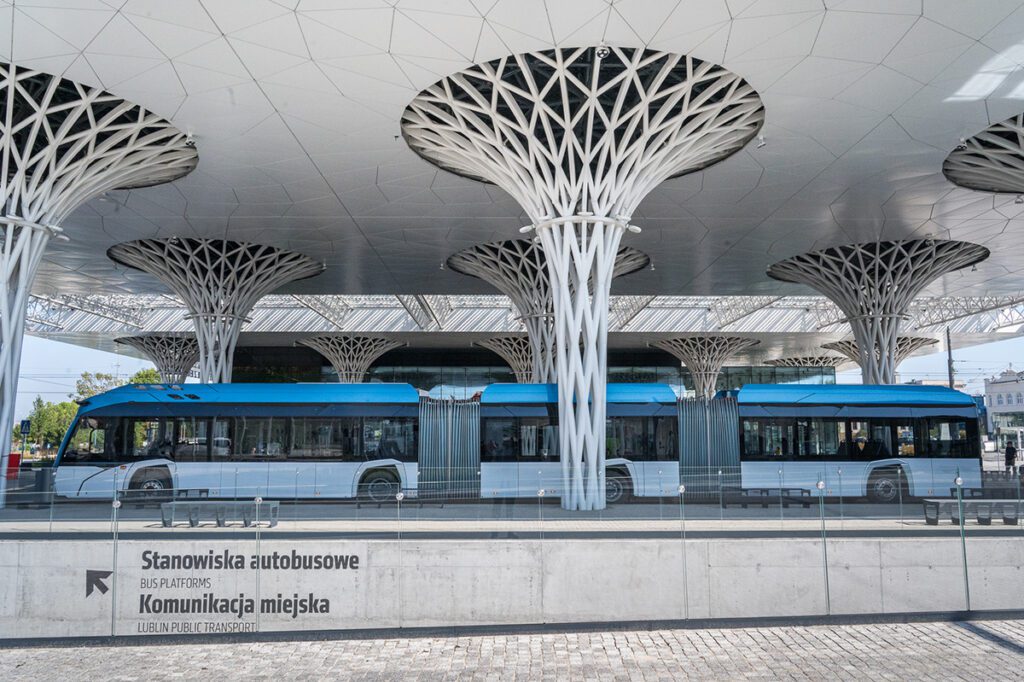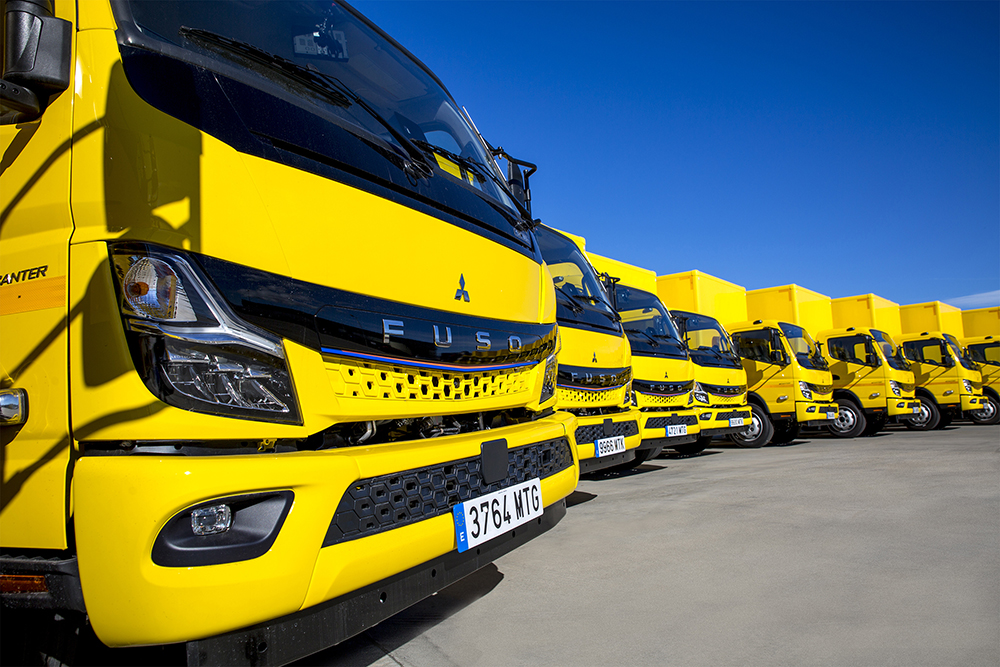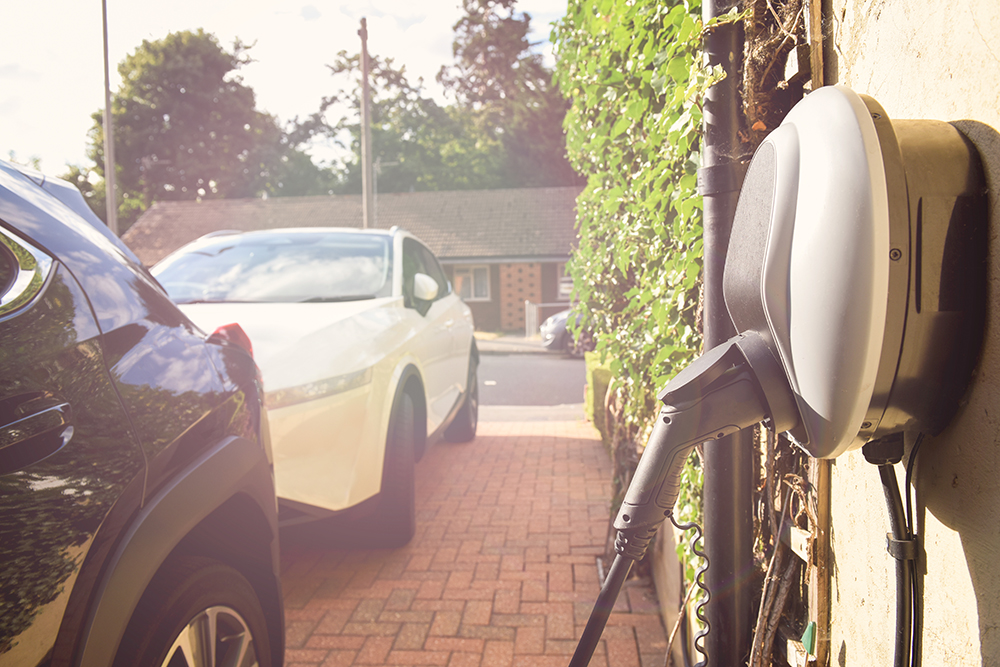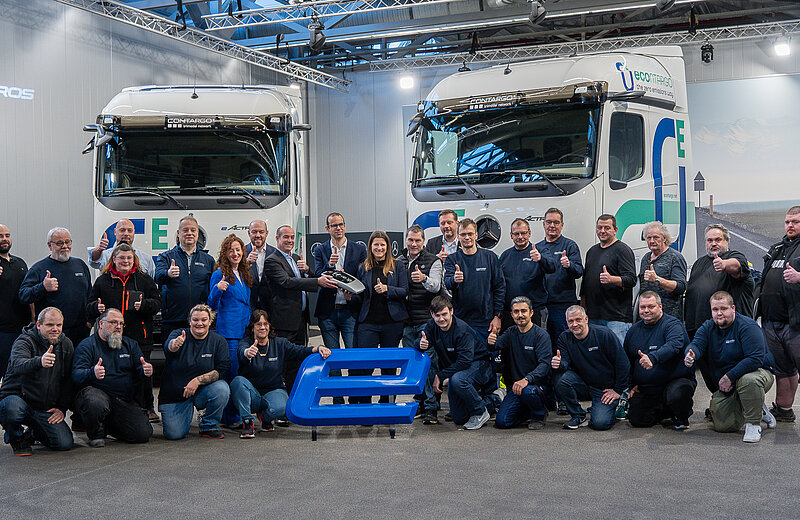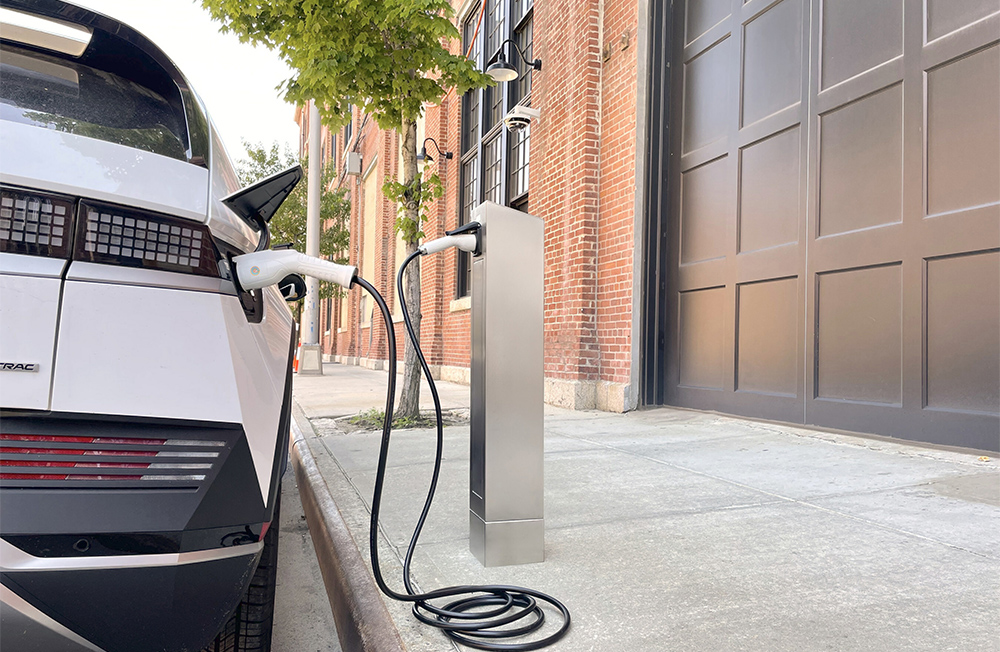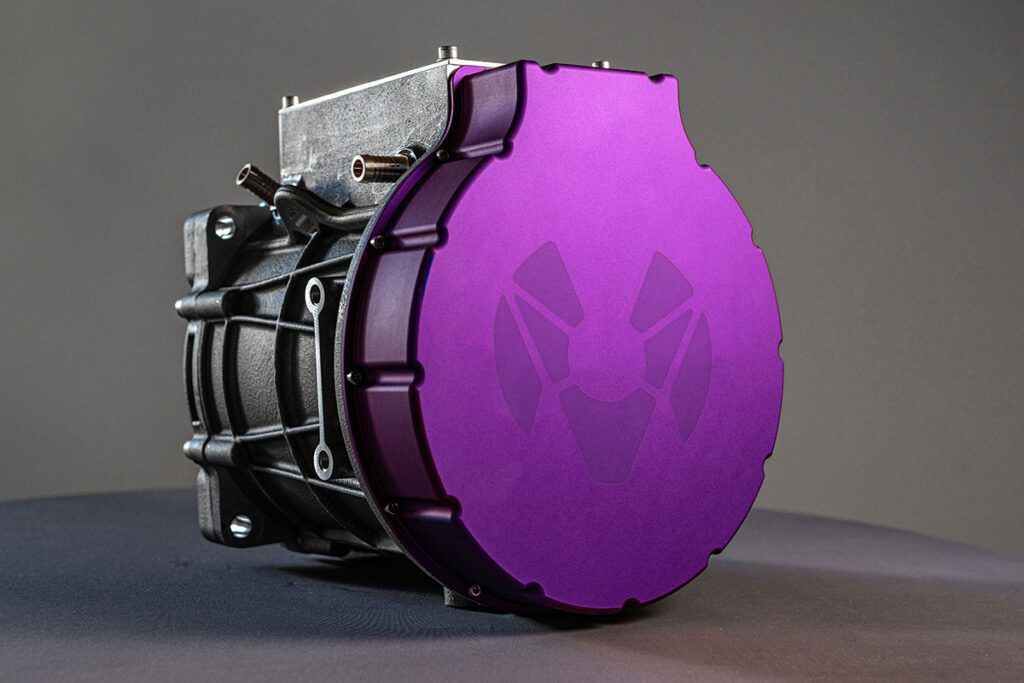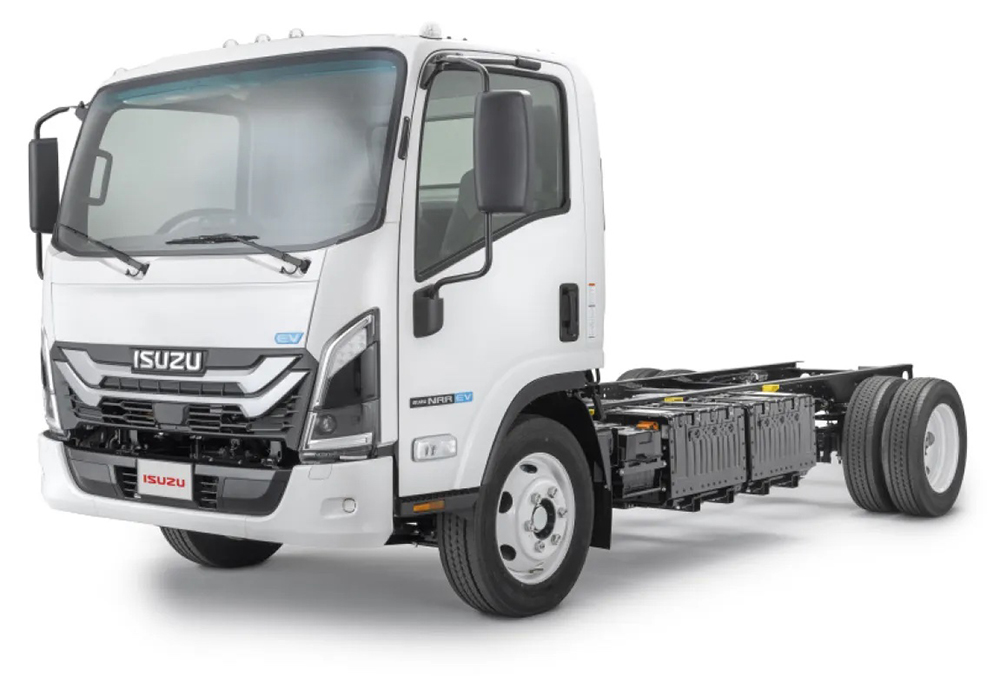After China reduced EV incentives earlier this year, the global monthly drop in EV sales continued into October, which saw a 19% reduction in passenger EV sales versus the same month the year prior, according to Adamas Intelligence.
On top of this downturn, the global sales-weighted average passenger EV’s battery capacity, a metric that has steadily increased in recent years, increased by a mere 0.5% in October 2019 versus October 2018.
Despite these trends, the use of nickel, cobalt and manganese per EV battery continues to rise. In October 2019, the average EV sold globally contained 22% more nickel, 19% more cobalt, and 15% more manganese than the same month the year prior.
Nickel has continued to outperform the market due to the ongoing shift from low- and no-nickel cathode chemistries, such as LFP and NCM 111, to higher-nickel varieties, such as NCM 523, 622, 811, and the latest generation of NCA used in the Tesla Model 3.
Cobalt has continued to outperform the market due to the rising popularity of cobalt-bearing NCM cathode chemistries in China, which continue to capture market share from the once-ubiquitous (and cobalt-free) LFP cathode. Lastly, manganese has continued to outperform the market due to the ongoing shift in China from manganese-minimal cathode chemistries such as LFP, to higher-manganese varieties, such as NCM 111, 523, 622, and 811.
Adamas expects global EV sales to rebound next year, and also expects to see renewed growth in the average pack capacity growth, as well as ongoing adoption in the Chinese market of cathode chemistries that are rich in nickel, cobalt and manganese.
Source: Adamas Intelligence




